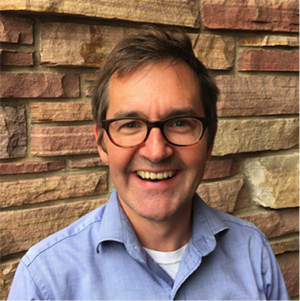Abstract:
The environmental distinction between marine and terrestrial habitats is a zeroth-order division for the distribution of life on Earth. This distinction is captured by the salinity differences that characterize aquatic habitats on Earth and has been around as long as continents have been present on our planet. Although salinity variations have apparently affected the evolutionary history of many branches of the tree of life, from plants to protists to Prochlorococcus, recent arguments have been made that its biggest biogeochemical impact has been on the accumulation of an oxygen-rich atmosphere.
Genomic, geochemical and geological evidence can be interpreted as a record of diversification of early, freshwater benthic oxygen-producing members of the cyanobacterial phylum into marine habitats. Such an interpretation implies that the ‘great oxidation event’ (GOE) ≈2.5-2.0 billion years ago was due to a cyanobacterium crossing the ‘salty divide’ and exploiting areally-abundant and nutritionally-sufficient marine habitats.
In this presentation I will talk about work that Jen Reeve (former CU PhD student, current post-doc at Waikato) and I have done thinking about some basic questions that underlie this biogeochemical narrative: (1) what is the evolutionary pace implied by cyanobacterial evolution since the GOE?; (2) how does this pace jive with the evolutionary mode of extant cyanobacteria?; and (3) what is the biophysical basis for cyanobacterial adaptation to salinity variations anyway? Our current answers to these questions will be synthesized into a conceptual model of how cyanobacterial salinity tolerance may track environmental changes more closely than evolutionary contingencies.
Speaker: Dr. Boswell Wing, Associate Professor, University of Colorado Boulder

Host: Yuichiro Ueno, ELSI
Date: Wed. 22 Nov. 16:00-17:00 JST
Venue: Mishima Hall, ELSI
